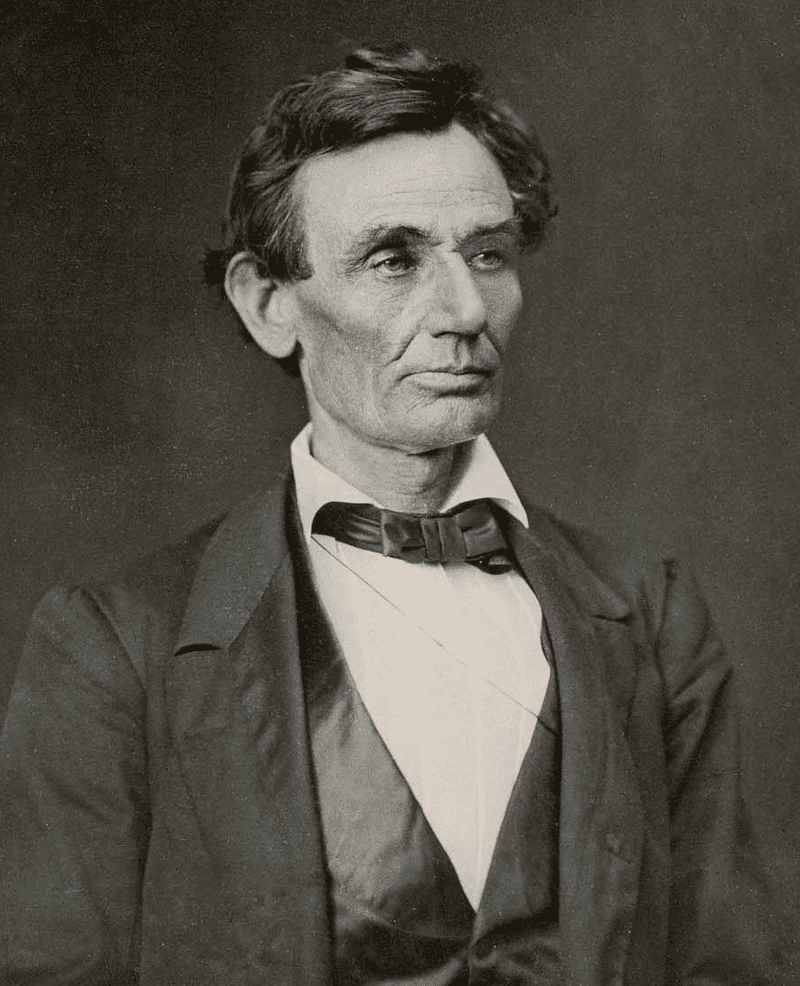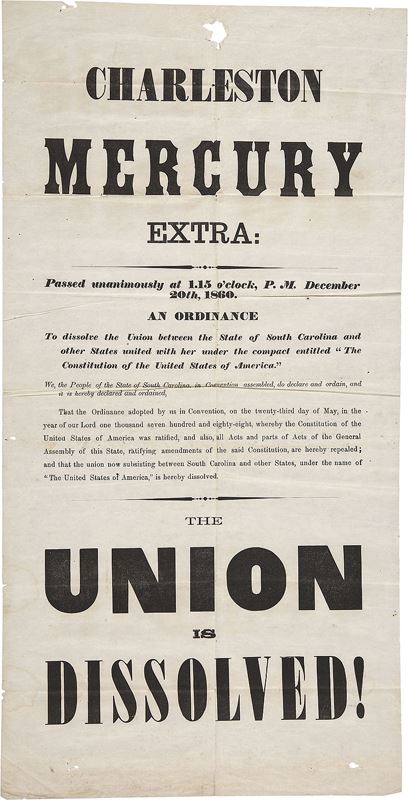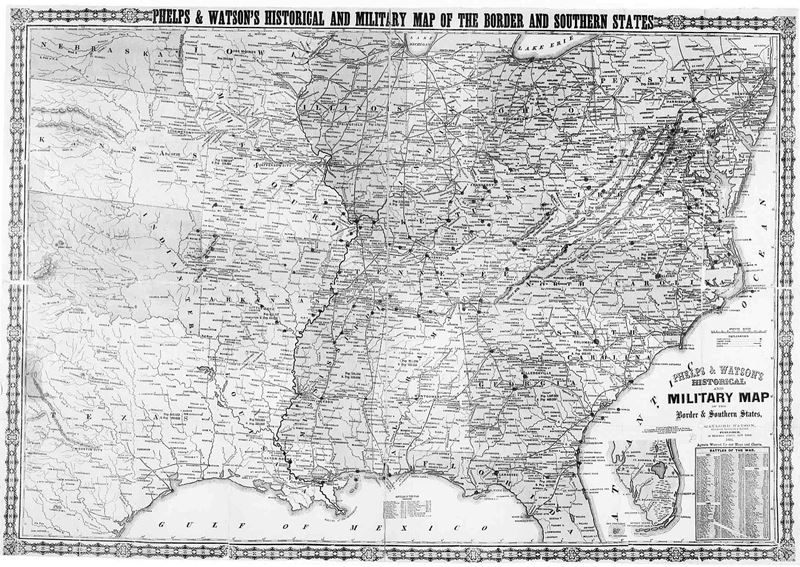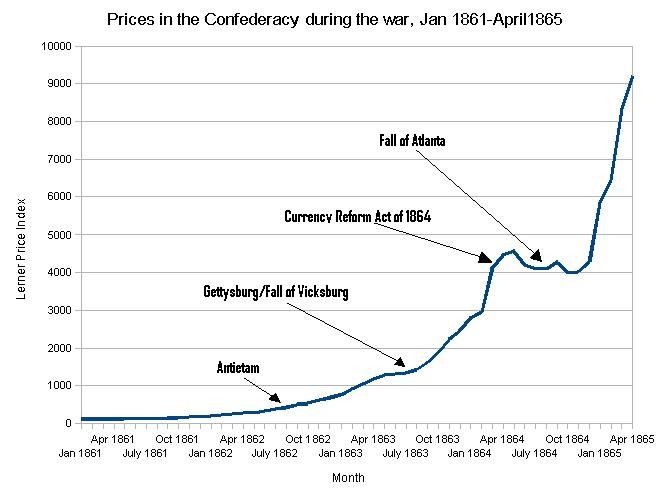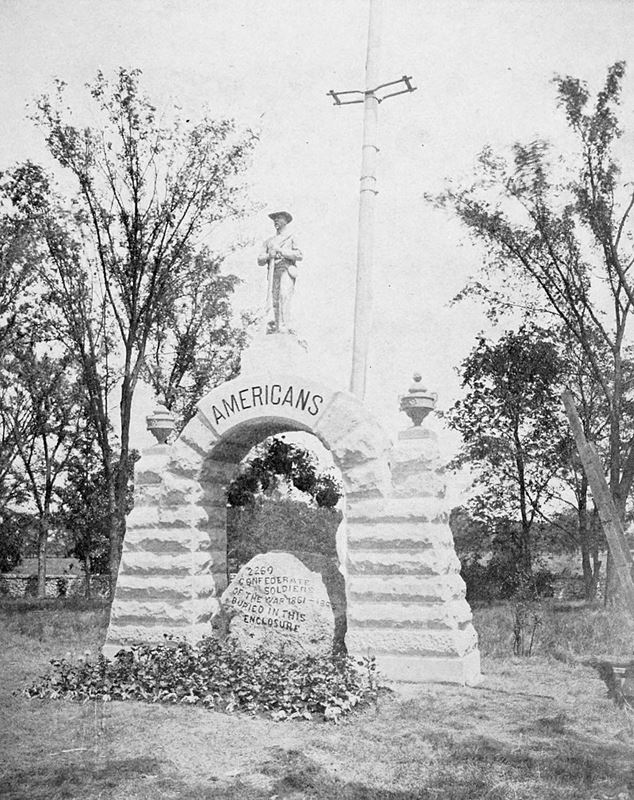Throughout history, humanity has been shaped by the crucible of warfare. Historical battles serve as milestones, representing the clash of empires, the rise and fall of nations, and the triumphs and tragedies of individuals. Analyzing these significant conflicts provides invaluable insights into military strategies, the contributions of key players, and the profound consequences that reverberate long after the battles end. This article delves into a selection of historical battles from different periods, examining the strategies employed, highlighting notable figures, and evaluating the outcomes that have left an indelible mark on our collective memory.
I. The Battle of Marathon (490 BCE) – Ancient Greece
The Battle of Marathon fought between the Athenians and Persians during the Greco-Persian Wars, is a testament to the power of strategy and resilience. The Athenians, led by their general Miltiades, faced overwhelming odds against the Persian forces under King Darius I. Analyzing the tactics employed by the Athenians, including the utilization of hoplite infantry and their famous double envelopment maneuver, sheds light on their victory against the formidable Persian army. The battle’s outcome not only halted the Persian advance but also became a symbol of Greek unity and defiance, laying the foundation for the later victories of the Greeks against the Persian Empire.
II. The Battle of Agincourt (1415) – Hundred Years’ War
The Battle of Agincourt, a pivotal clash in the Hundred Years’ War between England and France, exemplifies how strategic planning can overcome numerical superiority. Under the leadership of King Henry V, the English army faced a heavily armored French force. Employing longbow archers and exploiting the muddy terrain, the English achieved a resounding victory despite being heavily outnumbered. This battle underscored the transformative impact of new military technologies and tactics, as well as the importance of effective leadership and the morale of troops.
III. The Battle of Waterloo (1815) – Napoleonic Wars
The Battle of Waterloo fought between the forces of Napoleon Bonaparte and the Allied armies led by the Duke of Wellington, marked the end of an era and reshaped the political landscape of Europe. This battle serves as a prime example of the complexities of warfare and the significance of strategic decision-making. Analyzing the tactics employed, such as the deployment of infantry squares and the timing of cavalry charges, reveals the pivotal role played by Wellington’s defensive strategy. The battle’s outcome sealed Napoleon’s defeat and subsequent exile, leading to a prolonged era of peace in Europe and the rise of a new world order.
IV. The Battle of Stalingrad (1942-1943) – World War II
The Battle of Stalingrad stands as one of the most brutal and decisive battles in World War II, showcasing the tenacity and sacrifices of both the Soviet Red Army and the German Wehrmacht. Strategically, the Soviets under General Zhukov implemented a defensive approach, relying on urban warfare and the encirclement of the German Sixth Army. This protracted battle of attrition ultimately resulted in the capitulation of the German forces, marking a turning point in the war and contributing to the downfall of the Third Reich.
Conclusion
Exploring historical battles provides us with invaluable insights into the art of warfare, the impact of strategic decision-making, and the valor of individuals who shaped the course of history. From ancient Greece to the modern era, battles have played a crucial role in shaping the destiny of nations and societies. Through the examination of strategies employed, the analysis of key players,

